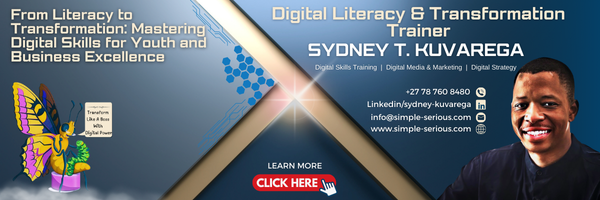
It’s crucial to keep a sharp focus on what really counts to navigate towards enhanced decision-making. “Let’s hand over our IT to an offshore integrator—it’ll cut costs significantly. It’s what our competitors are up to, anyway.”
“Immediate action on generative AI is necessary!”
Such proclamations are commonly heard by IT professionals from their senior team members with good intentions. Considering the vast influence of technology on numerous trends and the rapid pace of innovation, IT chiefs are likely to encounter more such suggestions, pushing them towards swift actions.
Acting hastily on a trend might seem beneficial at times, given innovation marks the path to success for companies. However, not every trend holds equal merit. Many IT departments are filled with records of ambitious projects that spurred excitement but failed to deliver substantial value. Rushing into a trend can often slow down an organization, lead to unnecessary expenditures, and divert focus from crucial tasks.
Hence, evaluating trends promptly and elucidating their significance to the business emerges as a vital skill for today’s CIO. The decision to invest in a trend is hardly ever straightforward. Trends are volatile, their significance evolves, and their applicability to a business can increase or decrease over time. CIOs need dependable criteria for assessing trends and deciding on their engagement strategy: be a pioneer, a quick follower, wait cautiously, or sometimes, choose to stay away.
The Criteria to Assess a Trend’s Significance

Through analyzing past trends, we’ve identified patterns that shed light on how to gauge their business relevance. Failure to transform a promising trend into a profitable venture for a company might stem from various reasons—lack of talent or misalignment in leadership, to name a few. However, our findings also reveal that impactful trends inherently possess qualities that render them valuable for any business. These have been condensed into four key points:
- Disruptive Business Value: The trend should offer measurable gains to the business.
- Independence: It should enable the organization to function in smaller, autonomous units.
- Connectivity: The trend ought to minimize friction in organizational connectivity.
- Extensibility: It should have the potential to extensively modify and enhance the company’s tech and management practices.
Not all these points need to be completely favorable to justify an investment in a trend. But if any signals concern, it merits a deeper examination before making a significant commitment. While trends initially may target one of these areas, their relevance and impact significantly amplify when they can be coherently applied across all four.
This evaluation process isn’t just ticking boxes. It requires in-depth analysis, an objective review (unswayed by biases towards certain projects), and creativity—some trends may not seem impactful in isolation but may present greater possibilities when combined with others, like virtualization and cloud computing.
Key Evaluative Questions

- Disruptive Business Value
Does this trend offer a disruptive advantage to the business beyond just IT improvements? It’s imperative to weigh the trade-offs and assess whether the improvements justify the expenses. The success of a trend within IT should directly correlate to a competitive edge for the business. - Independence
Can this trend foster more autonomy within teams, perhaps through automation or decreased need for coordination? The goal is to minimize dependencies within the IT infrastructure to streamline processes. - Connectivity
Does the trend enhance clear communication and reduce the necessity for constant coordination? Effective trends should encourage better interaction among teams with minimal overhead. - Extensibility
How well does this trend integrate with and expand across the current tech landscape and business operations? For a trend to have a far-reaching impact, it should resonate well with both technology and operational strategies.
Adopting or Avoiding: A Strategic Call

Just as with comedy, timing is critical for trends—being too early or too late in adoption can sometimes be as detrimental as inaction. Equally vital is evaluating a trend’s validity against the four parameters and deciding on an engagement approach. Options range from being a trailblazer to a latecomer or even choosing not to engage with a trend at all.
The pathway to adopting a trend necessitates continuous reassessment as the technological landscape, implementation models, and market conditions evolve. By employing the four evaluative criteria and considering engagement strategies, CIOs can better guide their organizations in transforming trends into tangible value.




